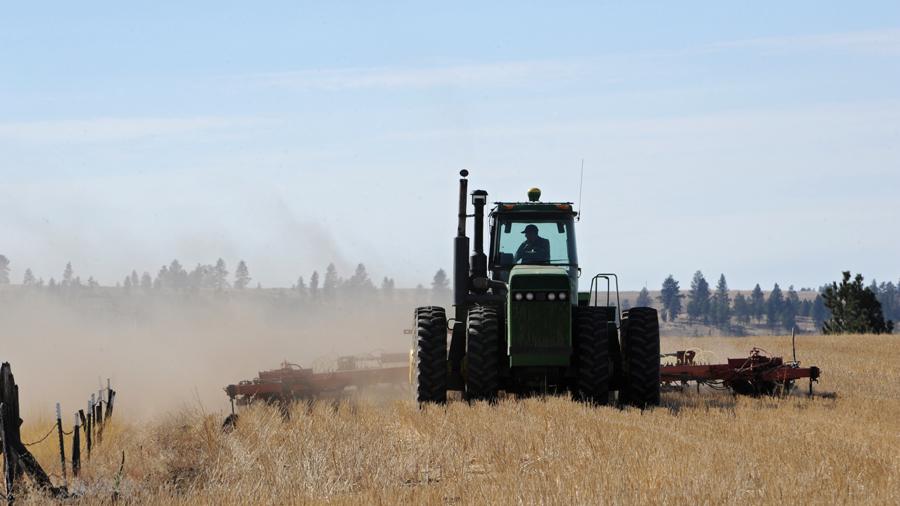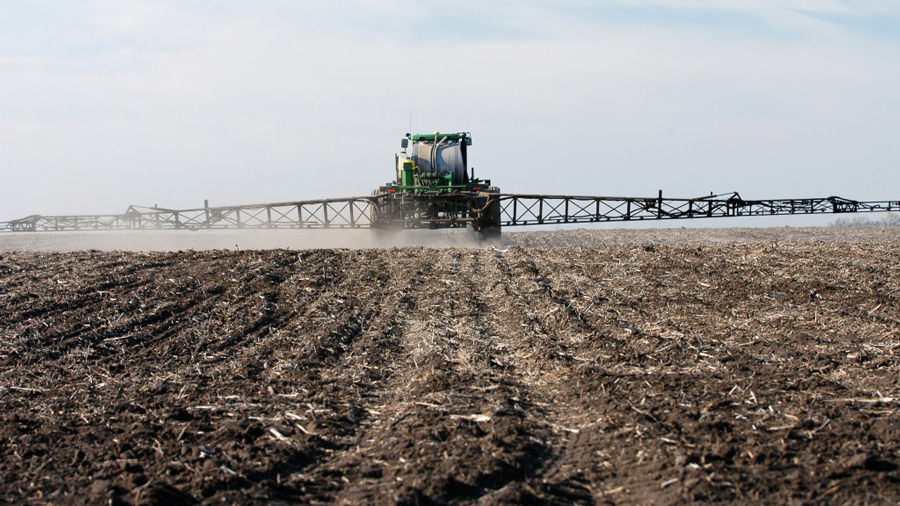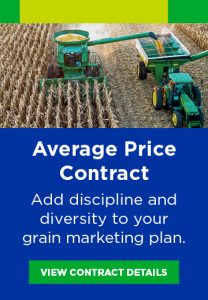Dicamba cutoff dates are nearing for both South Dakota and Minnesota, find each news release below for further information on the application restrictions.
Minnesota: Application cutoff date June 20th
South Dakota Application cutoff date June 30th
SOUTH DAKOTA DEPARTMENT OF AGRICULTURE NEWS RELEASE
For Immediate Release: June 17, 2019
Media Contact: Maggie Stensaas, 605.773.4073
Dicamba Cutoff Date Approaching
PIERRE, S.D. – The South Dakota Department of Agriculture (SDDA) reminds applicators that June 30 is the cutoff date for dicamba products.
The SDDA obtained Special Local Needs registration labels, also known as 24(c) labels, from the U.S. Environmental Protection Agency (EPA) for the following products: Engenia, Fexapan and Xtendimax with VaporGrip Technology. These labels establish a June 30 cutoff for applications of these products in South Dakota for the 2019 growing season. Applicators can use these products until soybeans reach the R1 growth stage, 45 days after planting or June 30, whichever comes first.
“While the weather has had an impact on planting this year, which I know is frustrating for many producers, the fact remains that warmer conditions in July increase the risk of volatility and drift when using dicamba products. The cutoff date is based on data which supports increased risk of drift after July 1,” says Secretary of Agriculture Kim Vanneman. “I encourage producers to explore the other products available to them once the cutoff date for use of dicamba has passed.”
Anyone applying Engenia, Fexapan or Xtendimax with VaporGrip Technology must also abide by the restrictions included in the EPA labels for those products, including recordkeeping requirements. Additionally, applicators applying or purchasing these products will have to complete annual dicamba specific training. Trainings can be found on the SDDA website at https://sdda.sd.gov/ag-services/dicamba/.
Agriculture is a major contributor to South Dakota’s economy, generating $25.6 billion in annual economic activity and employing over 115,000 South Dakotans. The South Dakota Department of Agriculture’s mission is to promote, protect and preserve South Dakota agriculture for today and tomorrow. Visit them online at sdda.sd.gov or find them on Facebook, Instagram and Twitter.
-30-
http://news.sd.gov/newsitem.aspx?id=25604
June 11, 2019
The Minnesota Department of Agriculture (MDA) is reminding pesticide applicators of the state-specific restriction for the use of the herbicide dicamba for the 2019 growing season. The product cannot be applied in Minnesota after June 20.
The 2019 Minnesota restriction is in addition to those established by the U.S. Environmental Protection Agency (EPA). The affected formulations are XtendiMax by Monsanto, Engenia by BASF, FeXapan by DuPont, and Tavium by Syngenta.
“We understand that late planting this season has caused concern for growers who want to use this crop management tool,” said Agriculture Commissioner Thom Petersen. “However, delaying applications in an attempt to control later emerging weeds can result in poor control and presents other risks. If you are one of the growers that has invested in dicamba technology, now is the time to use it because late planting combined with pre-plant tillage can offer advantages for weed control, according to University of Minnesota Extension.”
The June 20, 2019, cut-off date is based on the MDA’s ongoing investigations and informal surveys into reports of crop damage from alleged dicamba off-target movement over the past two growing seasons. In 2017, the MDA received 253 reports of alleged dicamba drift; 55 of those were formal complaints requesting investigations. Those reports impacted an estimated 265,000 acres. After state restrictions were put in place for the 2018 growing season, the number of complaints dropped dramatically to 53 reports, of which 29 were formal complaints. Just over 1,800 acres were impacted in 2018.
This year’s cut-off date was first announced on December 10, 2018. Over the winter, approximately 5,800 pesticide applicators attended trainings across the state as required by the product labels.
Dicamba is most effective early in the growing season. Product labels recommend application on small broadleaf weeds that are up to 4 inches tall.
To manage weeds after June 20, herbicides from Group 9 (Glyphosate), Group 2 (Pursuit, Classic, FirstRate), and Group 14 (Flexstar, Cobra, Cadet, Ultra Blazer) can be used. If you have herbicide resistant weeds such as waterhemp, follow University of Minnesota Extension recommendations on layering of residual herbicides such as Dual, Outlook, Warrant, and Valor.
In Minnesota, the XtendiMax, Engenia, FeXapan, and Tavium formulations of dicamba are “Restricted Use Pesticides” for retail sale to, and for use only by, certified applicators.
https://www.mda.state.mn.us/june-20-cut-date-remains-dicamba-use-minnesota
###
Media Contact
Allen Sommerfeld, MDA Communications
651-201-6185
Allen.Sommerfeld@state.mn.us












